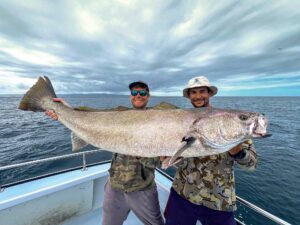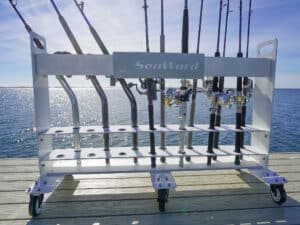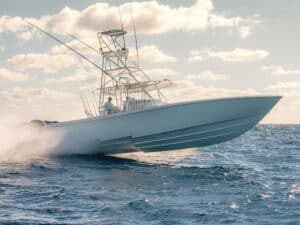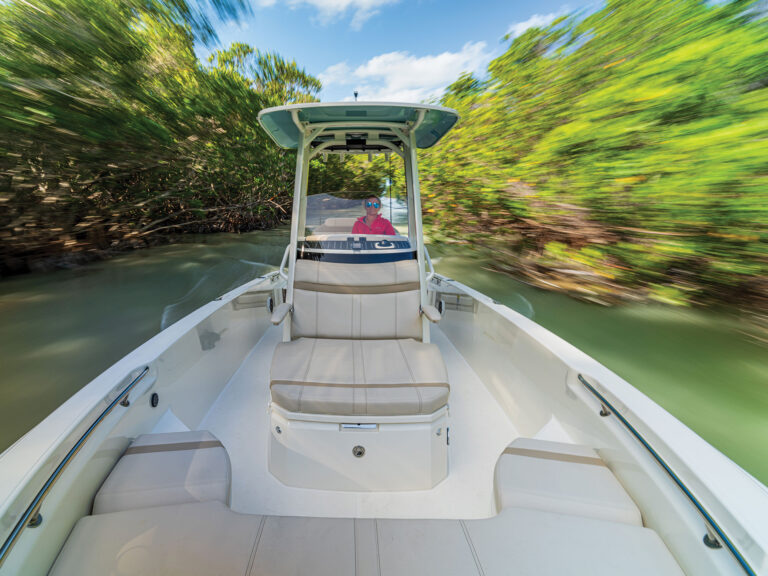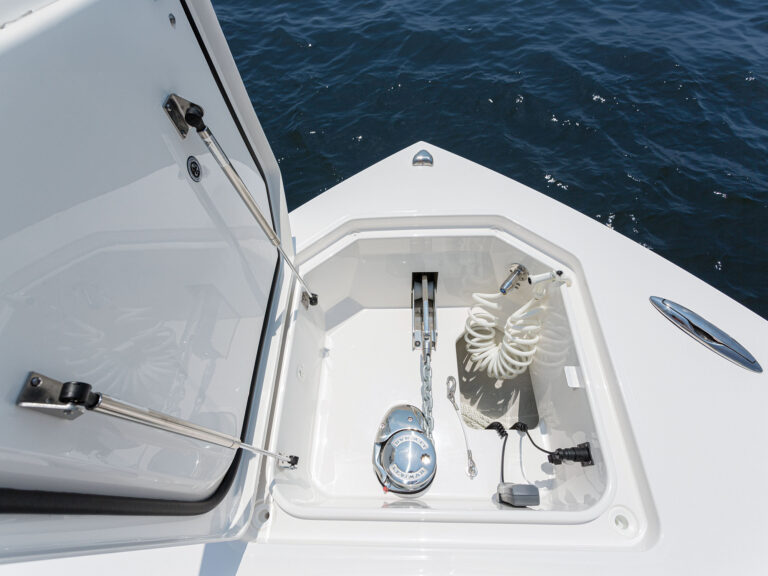Among the multitude of cool fishing options, casting artificial lures to striped bass in the Northeast ranks up at the top of the list. Perhaps the best thing about chucking hardware at stripers stems from the fact that you can target them in many different habitats and water depths, which all require different tactics and tackle.
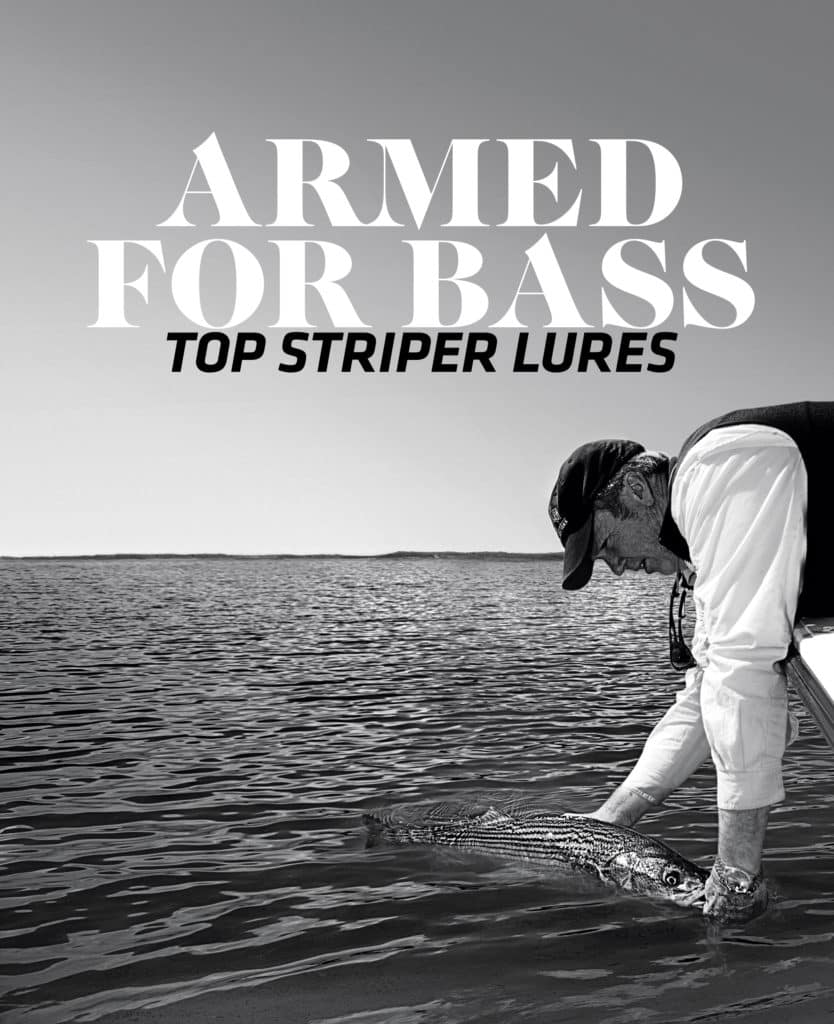
You can stalk striped bass on white sand flats, a sort of northeastern version of sight-casting to bonefish. You can also cast lures around the semi-submerged rocks scattered along innumerable shore-lines, trying to draw a strike from a striper lurking in a deep tidal pool. And when the bait schools get thick, artificial lures that imitate the bait in question, from sand eels to bunker, make it easy to pick off a hungry fish looking for a quick meal.
Many guides in the Northeast have perfected the artificial lure game, and I always love listening to the pros debate each other as to which is the best lure for striped bass. As in most parts of the world, you won’t get a single answer, but by paying attention you can come away with a range of choices that will certainly perform in most of the aforementioned circumstances. We spoke with three experts and according to them, these are the best striped bass lures.
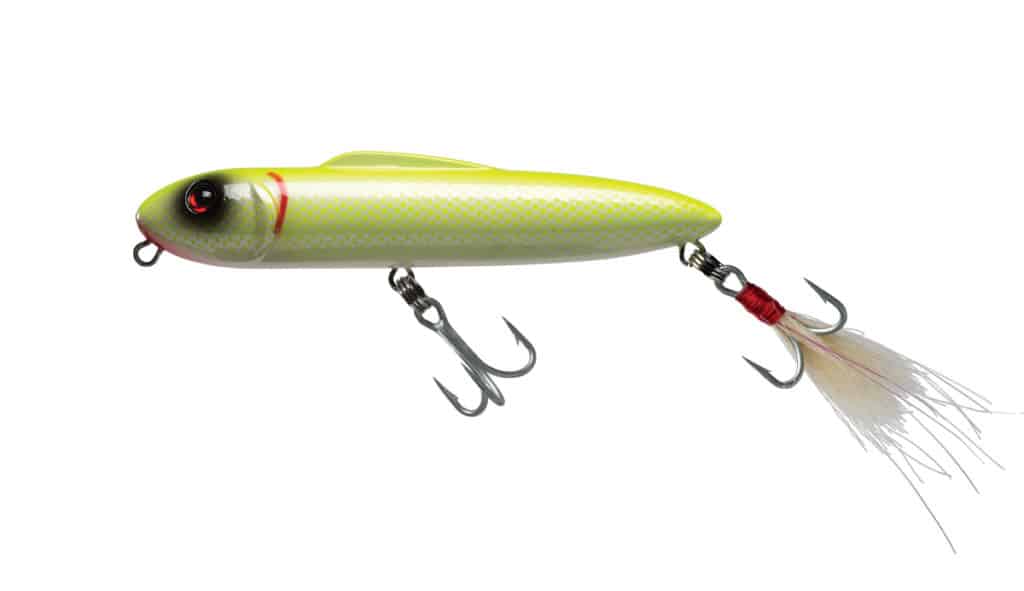
Fishing stripers on the flats calls for specialized lures. “In the spring when sight-fishing is best, there is really only one type of method that I employ,” says Capt. Paul Dixon of Montauk, New York. Dixon also admits to being a fan of topwater plugging. “My favorite is the Guide’s Secret 7-inch Striper Slider. Walk the dog, baby!”

Capt. Paul Dixon of Montauk, New York: “During summer and into fall in Montauk when the sand eels are thick, my number one choice is a Tsunami olive or black-back 7-inch sand eel, worked at a steady, medium to fast retrieve. It’s deadly. If bunker or any wide-body bait are plentiful, I switch to the Tsunami Swim Shad. They’re great for going deep.”
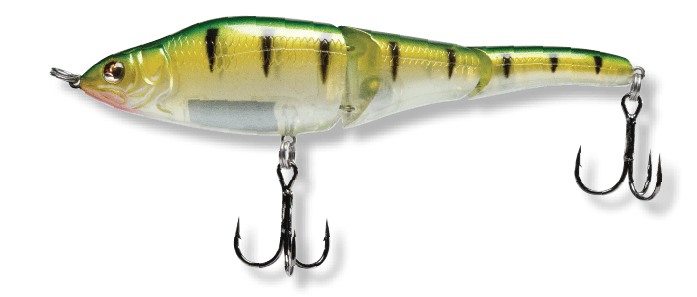
“In the fall when the herring appear, we like to use a pearl Sebile Magic Swimmer, which is more of a search bait, when there isn’t a topwater bite visible,” says Capt. John Luchka, of Point Pleasant, New Jersey. “We’re fishing structure and marks on our Simrad sounder with CHIRP then because fish might be feeding just below the surface.”
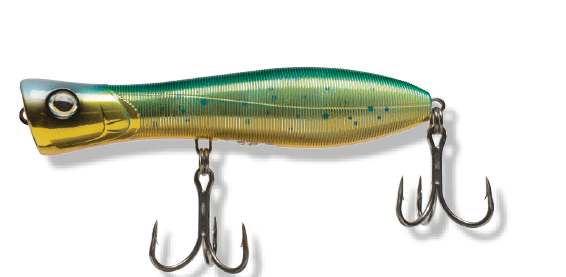
“We get a spring and a fall run of stripers off the New Jersey coast, and we see pre- and post-spawn fish from the Hudson River stock and the Delaware and Chesapeake stock,” says Capt. John Luchka, of Point Pleasant, New Jersey. “When stripers are present and feeding on bunker, the most exciting way is to watch them come up and crash a Yo-Zuri Surface Bull. This plug throws a lot of water and also rattles, which helps the bass locate the lure since in many cases, the water is murky.” According to Luchka, any color will produce, and a solid cadence with an occasional pause entices strikes from bass working a bunker school. “Casting on the outskirts of the school, versus into the frothy frenzy where the artificial gets easily lost, is your best strategy because your lure will invite more competition.”

“I’ve got a lot of favorites, but I’ve gotta go with the Guide’s Secret Poppa Pencil,” declares Capt. John McMurray of Long Island, New York. “It’s big — 8 ½ inches and 3 ounces — arguably the largest pencil popper around, and it generally has to be fished on heavier gear than I’m accustomed to. But damn if it isn’t the best plug to throw when big stripers are on bunker.” McMurray says the Poppa Pencil has unique attributes that contribute to its effectiveness. “It has a big, fat tail that tapers into the pencil head,” he continued. “When worked in the traditional push-and-pull/jerk, it slashes back and forth in the water, walking the dog but spitting and pushing water at the same time. Drag it across a bunker school that’s got fish on it and it’s game on, man.”

